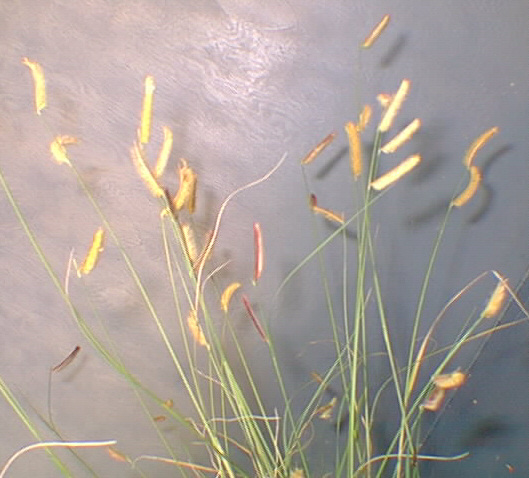Forage Identification: Blue Grama
Department of Plant Sciences
Blue grama (Bouteloua gracilis (Willd. ex Kunth) Lag. ex Griffiths)
|
Adaptation:
|
 |
|
Growth Habitat: |
|
|
Plant Characteristics: |
|
|
Seed Characteristics: |
|
|
Important Identifying Characteristics: |
|
|
Primary Uses: |
